Vanishing Chinatowns
By Mahlon Meyer
Contributor
23/6/2019
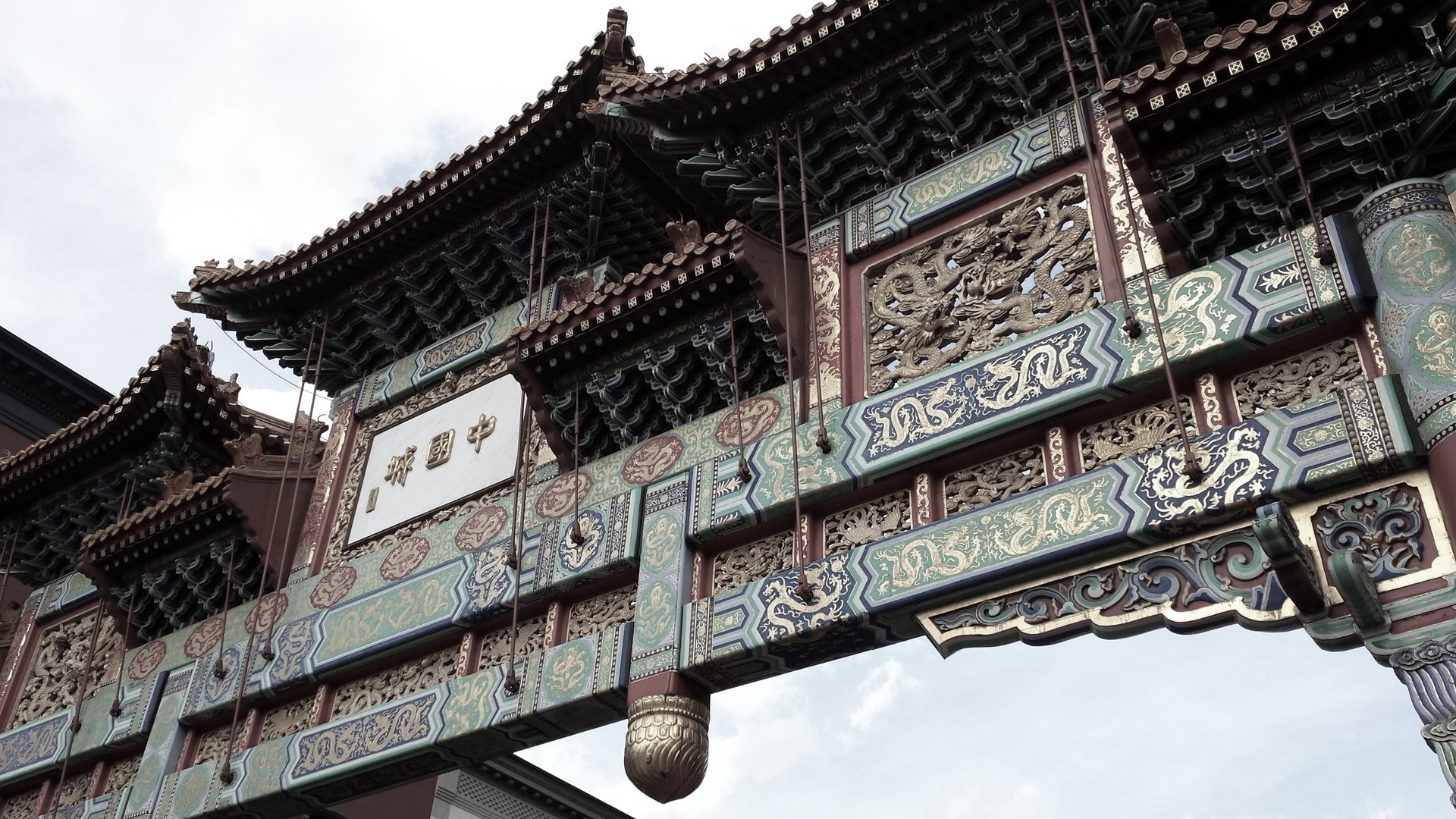
When I heard that the King Café in Seattle’s Chinatown was torn down, I lost part of my childhood. The only part that really mattered. Those Saturdays when we ate dim sum with my father were the only semblance of normality in a childhood not only scarred by divorce, division, and alcohol but consumed by it.
After living abroad in China for 10 years, I returned to Seattle. But the Chinatown I knew was gone. Its façade remained. And a few ghosts still walked the streets, old people, perhaps the sisters or daughters of the original waiters that had worked in the King Café. But more and more white people were moving in. The rents were rising. And the remaining hotels, restaurants, and shops were either museums or Asian style fast food places.
If I (a white Jewish American) had lost my childhood by losing Chinatown, what had it done to the Chinese who lived there? And this isn’t just happening in Seattle. From New York to Boston to Seattle to San Francisco to Los Angeles, Chinatowns are disappearing. What is this doing to the Chinese (and the other Asians), living in our country?
***
Take the Keiro nursing home in Los Angeles, for example, which has served elderly Asian residents for over 40 years. Most residents moved in because of the Asian food, the Asian languages spoken by the staff, and the Asian activities.
Yet rising land costs, the failure of the government subsidized medical system in the United States and a dispersion of Asians away from Chinatown, left the nursing home losing $300,000 a month last year, while still caring for over 100 ailing patients. Staff have herded all residents onto a single floor.
In May, at a town hall meeting, its founder, Tomio Moriguchi, announced its closure, calling it “our community’s darkest hour.” Over 500 people turned out for the meeting, many of them angry, some crying as they stood and begged him to keep it going, others ruefully silent.
“I have tried thirty other places, but none of them have room for my mother,” said one young man, standing, angrily addressing the front of the auditorium, where Moriguchi sat, looking down, stonily.
When I interviewed Moriguchi in his tiny office, he admitted he had been crying over the closure. (His deputy, the former CEO, has since left town and is not even reachable by his family, according to a Keiro insider who asked to remain anonymous for fear of retaliation.) Meanwhile, the remaining nursing home for Seattle’s Asian population, Kin On, run by Chinese caregivers, faces a difficult choice.
Spending on government-funded Medicare and Medicaid, upon which these nursing homes rely, has already hit $3.5 trillion annually, or 18% of US GDP, according to Jerome A. Dugan, a professor at the School of Public Health at the University of Washington. Dugan said that, as the population ages, government spending on these programs is estimated to grow to roughly $6 trillion by 2027.
As a result, the government is reducing the amount of reimbursement it gives to nursing homes like Keiro and Kin On. This has accounted for massive closures of nursing homes of all kinds across the United States. Asian leaders of Chinatowns, who see their role as guardians of traditional Asian values of caring for the elderly, feel this particularly acutely.
Asian leaders of Chinatowns, who see their role as guardians of traditional Asian values of caring for the elderly, feel the closures of nursing homes particularly acutely.
How about the vulnerable people themselves? The average government subsidy for elderly new immigrant Chinese living in Seattle’s Chinatown is $197 per month. Yet the new housing that’s going up in Chinatowns across the nation as a result of gentrification is far beyond their reach. As a result, many of the poorest of the poor elderly Asians are moving to homeless shelters or squeezing into tiny apartments in other parts of cities that typically do not offer services they need, such as social work agencies that speak Asian languages, Asian groceries, or even bus services.
This dilemma affects even working class Asians living in Chinatowns. A recent article in The Atlantic reported that in 2001, a new Chinese immigrant was able to find an apartment with a shared bathroom in Los Angeles’ Chinatown for $390 a month. A decade later, the price had gone up to $2,600 a month, forcing him to move. The article cites a 2013 study that found that from 1990 to 2010, “Asians went from a majority to a minority of the residents of Chinatowns in Boston, New York, and Philadelphia.” In Washington, DC, as of this year, there were only 300 Chinese residents in its Chinatown compared to the 3,000 who once lived there.
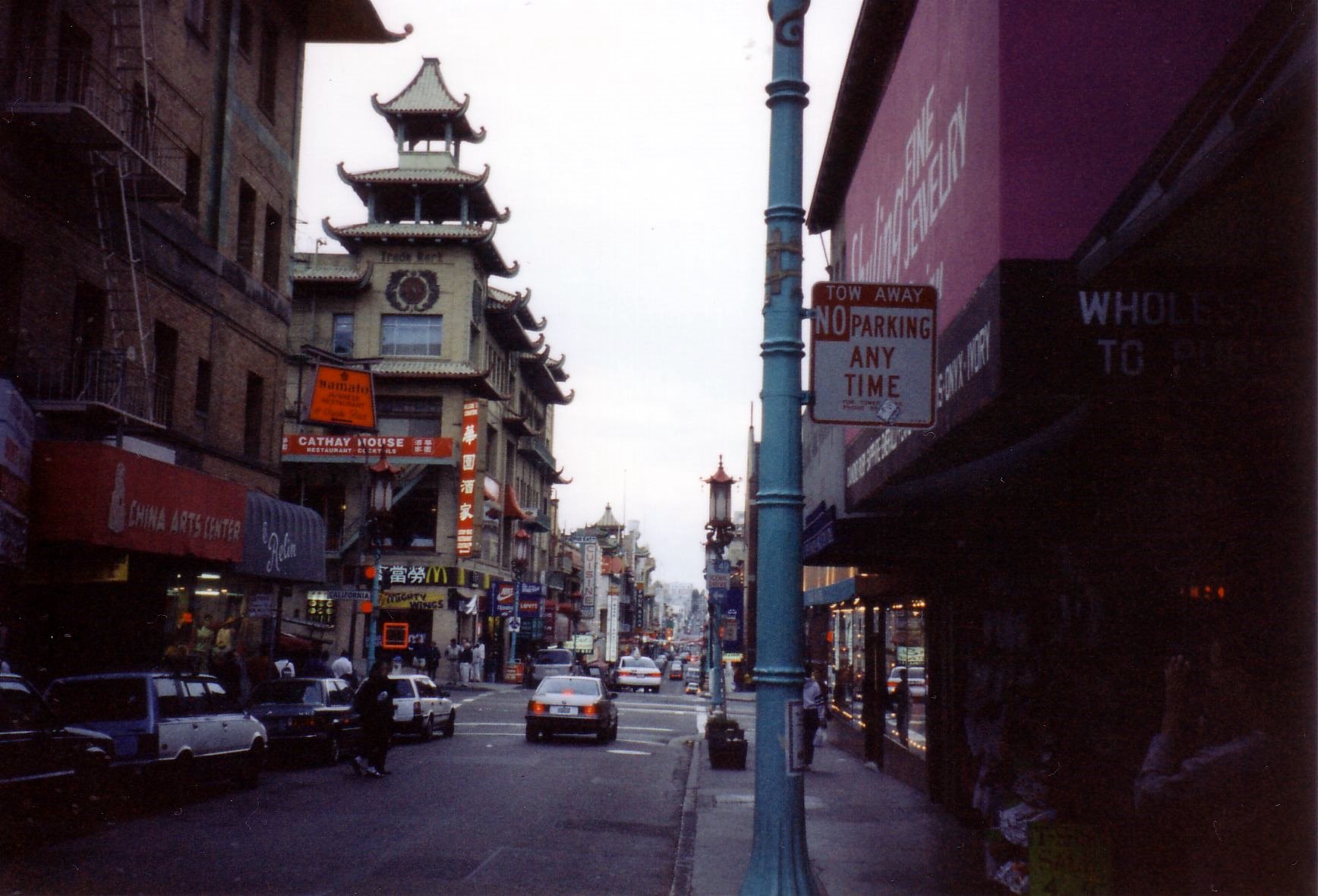
Picture Credit: Ian Dick
A younger generation of Asian Americans has taken up the struggle to save Chinatowns across the United States. In a national press release in May this year, the Coast to Coast China Town Solidarity organization announced it would organize marches and events to fight against gentrification of Chinatowns.
The press release rightly called attention to the fact that “In the United States, median rents in Asian and Pacific Islander neighborhoods increased by 74% between 2000 and 2014, compared to a national median increase of 53%.”
“This is a crisis that crosses borders, communities, and race, and that’s why it’s so important for us to come together and say ‘No more!’” said Tiffany Do of the Chinatown Community for Equitable Development in Los Angeles. “Displacement is an urgent problem not only for Asian and Pacific Islander communities, but for the Indigenous people on whose lands Chinatowns were built.”
“As Chinatowns become increasingly coveted by private developers, we’re seeing more residents, social services, and mom & pop businesses pushed out by luxury real estate and rising rents,” she added.
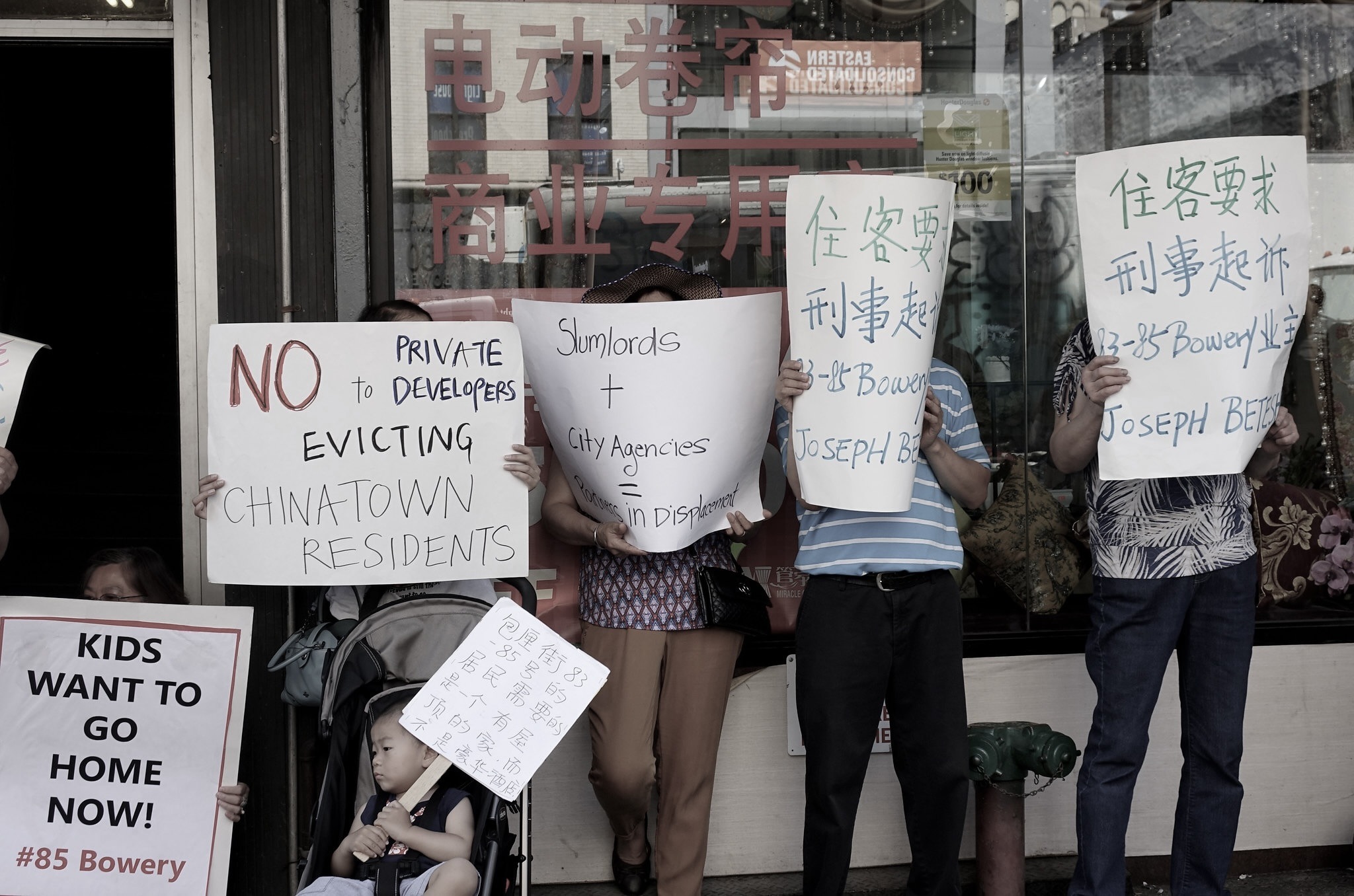
Protest in New York’s Chinatown (Picture Credit: Felton Davis)
And yet these second generation activists, mostly younger Asian women, are often lost when asked to describe what it is they are precisely trying to preserve. Is it the buildings? Is it space for new Asian food chains? Is it a home for the original residents? What is it?
A New York Times article last year described middle-aged Asians who had found funds to entirely upgrade their businesses in Chinatowns in San Francisco and Manhattan. One chef, for instance, opened a $20 million dollar four-story restaurant in San Francisco’s Chinatown with a starting tasting menu of $225.
Where do these funds come from? Many property owners in Chinatown (or their descendants) are inviting in outside funds, and thus ceding control of these buildings.
Even the more assertive Asian American activists sometimes seem unaware that their methods are more about making a broader social statement. “These neighborhoods are the result of over a century of violent expulsions, redlining, city neglect, and other exclusionary policies deliberately designed to marginalize Asian Americans, Indigenous peoples, and other communities of color,” said Tomie Arai, a member of New York’s Chinatown Art Brigade.
Yet the Art Brigade’s approach suggests discord between the roots and needs of New York’s Chinatown and the group’s penchant for display and showmanship. The Brigade functions by projecting in neon colors messages in simplified Chinese and other languages onto the sides of buildings in Chinatown. The messages carry semi-Marxist themes, such as “Residents unite!” Yet, written in simplified Chinese, they would be mostly unintelligible to the majority of the original aging residents of any Chinatown, who mostly came from southern China and are familiar with the traditional, complicated form of Chinese, as well as syntax that reflects the Cantonese they speak.
In Seattle, Jacqueline Wu, a member of the Coalition who helped organize a march as part of the nationwide protest, has no way of communicating with the original residents of the Chinatown she purports to serve. She speaks no Cantonese. And she seems unable to explain what will happen to the poorest of the poor.
Outside developers are less sensitive about the nuances of preserving at least a semblance of Asian culture. In Los Angeles, for instance, developers moved forward with a 725-unit deluxe apartment complex despite the outrage of protesters, the Los Angeles Times reported. A city councilman (non Asian) siding with the developers described Chinatown as “the attraction” and the rest of the city as “the consumers” as he unabashedly stared down complainers at a city council meeting.
A city councilman siding with the developers described Chinatown as “the attraction” and the rest of the city as “the consumers.”
Other newspapers have reported about the transformation of Chinatowns into Disneyfied versions of the original communities, increasingly catering to the rich and middle class who want to preserve a taste of traditional culture, even while displacing almost all the original residents. Besides, the location of Chinatowns are often in areas between districts where African Americans usually lived and downtowns, making them prime spots for urban residents who work downtown.

Picture Credit: Julien Chatelain
Given the history of treatment of Chinatowns in the United States, it might make sense that Chinese and Asians of all stripes would come together to protest and act against their evisceration. The history is almost as dirty as the way European settlers treated American Indians and Blacks.
In the mid 1800s, Chinese settlers were encouraged to come to North America to work. They worked building the railroads that united the continent, tolerating dangerous conditions that other workers refused. They eschewed unions and worked for lower pay, and, according to many accounts of the time, they were more diligent, frugal, and resolute than workers of other ethnicities.
But they kept to themselves, and they spoke a seemingly unintelligible language. As Mark Twain wrote about frequently as a young reporter, these were used as excuses to persecute them. It was not uncommon to see butchers and children throwing stones and bricks at them or setting their dogs on them in cities like San Francisco, where Twain reported (sometimes his publisher refused to publish his pieces on “Chinamen” for fear of offending public sentiment that was blatantly racist).
By the time the railroads were completed and Chinese were mostly living in squalid and isolated settlements called Chinatowns up and down the West Coast, other laborers saw them as competition. In Newcastle, Washington State, for instance, Chinese miners worked harder and for lower wages than other miners. Feeding on the anti-Chinese hysteria of the time, other miners descended on their encampment, according to a Harper’s Magazine report of the time, attacked them, chased them out, and burned down their dwellings.
In Wyoming, armed men attacked a pocket of Chinese and they responded by purchasing rifles from the Winchester Company (although there is no evidence they used them), according to the book, Driven Out: The Forgotten War Against Chinese Americans, by Jean Pfaelzer.
Most reports show that Chinese, attacked at the turn of the 19th century, responded peacefully. In Tacoma, for instance, a German-born mayor led a mob of torch-bearing laborers and city dwellers to surround the Chinatown there. The mob went house to house forcing the Chinese out and then marched them at gunpoint to the docks where they were forced to leave by boat. The same thing happened in Seattle and other cities, according to Northwest Gateway: The Story of the Port of Seattle, by Archie Binns.
In Tacoma, a German-born mayor led a mob of torch-bearing laborers and city dwellers to surround the Chinatown there.
The federal government passed the Chinese Exclusion Act in 1892, which forbade any further immigration. It was not until 1946 that the law was repealed, partially through the efforts of Chinese activists. Several decades after the height of the anti-Chinese violence, a group of prominent Chinese activists in San Francisco formed the Chinese American Citizens Alliance (CACA), which eventually helped overturn the law.
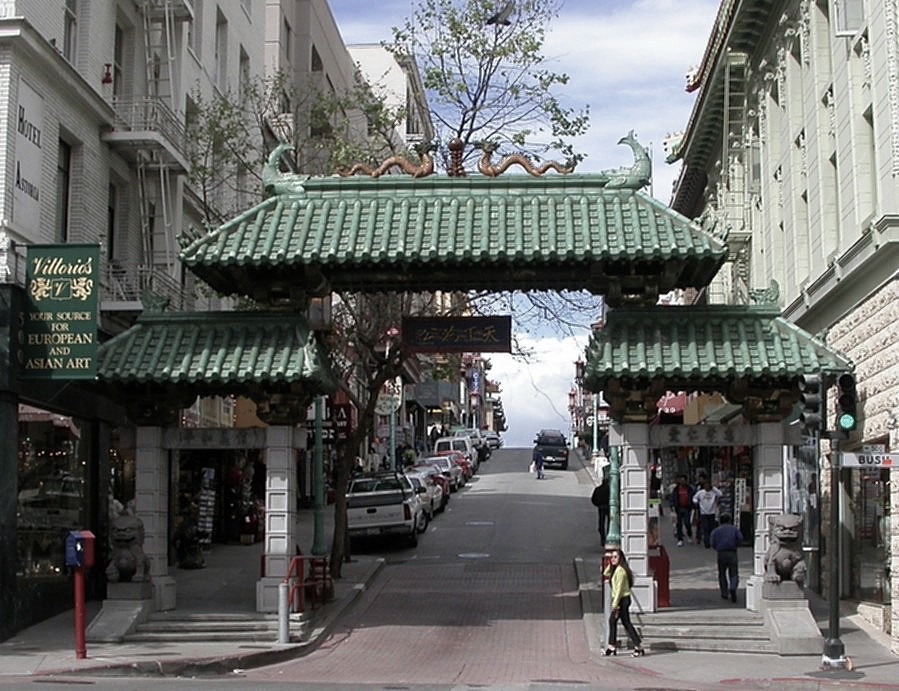
It is no wonder then that groups like CACA would rally to the cause of defending Chinatowns. But their efforts, like those of more recent activists, often only highlight divisions. In a recent talk to new immigrant Chinese, mostly from northern China, many of whom work at Microsoft or in the high-tech center to the east of Seattle, Bettie Luke of the CACA implored them to be aware that threats to the livelihood of older Chinese immigrants would inevitably spill over into threats against them.
But at the same time, she vented her frustration at their apparent lack of empathy. “When I was standing on a bus recently, and I’m a 70-year-old woman, a young mother with two children who were recent immigrants from China got on. The elder boy immediately sat down in the only empty seat before I could get there. He was a teenager,” she said. “I’m telling you, if you don’t raise your kids to venerate elders, they will grow up like tyrants, and that will be bad for the whole society.”
Younger activists are also trying to incorporate the support of others into the fight with similar challenges. Some do this by also appealing to the violent history of actions taken against Chinatowns.
In Seattle, at the Wing Luke Museum in Chinatown, a current display seeks to connect the herding of American Indians onto reservations to the practice of isolating Asians into sequestered neighborhoods. There is some truth to this connection, although it emphasizes the hatefulness of the white settlers as a common thread rather than the particularities of each ethnic group’s resilience.
A current display seeks to connect the herding of American Indians onto reservations to the practice of isolating Asians into sequestered neighborhoods.
American Indians nurtured, fed and taught the first European settlers in the Pacific Northwest how to build shelters and navigate the waters. After the European settlers completed what they called “the Indian Wars” and decimated the local Indians with artillery and muskets, eventually stealing their land and practically eradicating them, they turned their violence upon the Chinese.
Still, veteran organizers trying to save Chinatowns often end up focusing on the need for unification among disparate groups within the community. “We had to organize and fight for our community to survive,” said 82-year-old Amy Ma, an activist in Los Angeles’ Chinatown since the 1970s. “No one else was going to do it for us. The only way we will win is if we speak up, amplify our demands, and unite.”
Such an appeal may be on target — but it needs to expand its scope. The salvation of Chinatowns may lie with forces outside the community. According to Kshama Sawant, a city councilmember in Seattle, the real problem is rent control. Unlike a few cities, like New York, cities with economies that are tied to big business are stuck in a cycle of raising rents to satisfy the greed of the landlord class.
Some economists argue that rent control — letting the city manage and own widespread housing that charges roughly a third of a person’s income, no matter how poor they are — retards the healthy growth of housing stock in growing cities. But Sawant claims that without such limits, the poorest of the poor, whether they live in Chinatown or anywhere else, will never find sufficient housing.
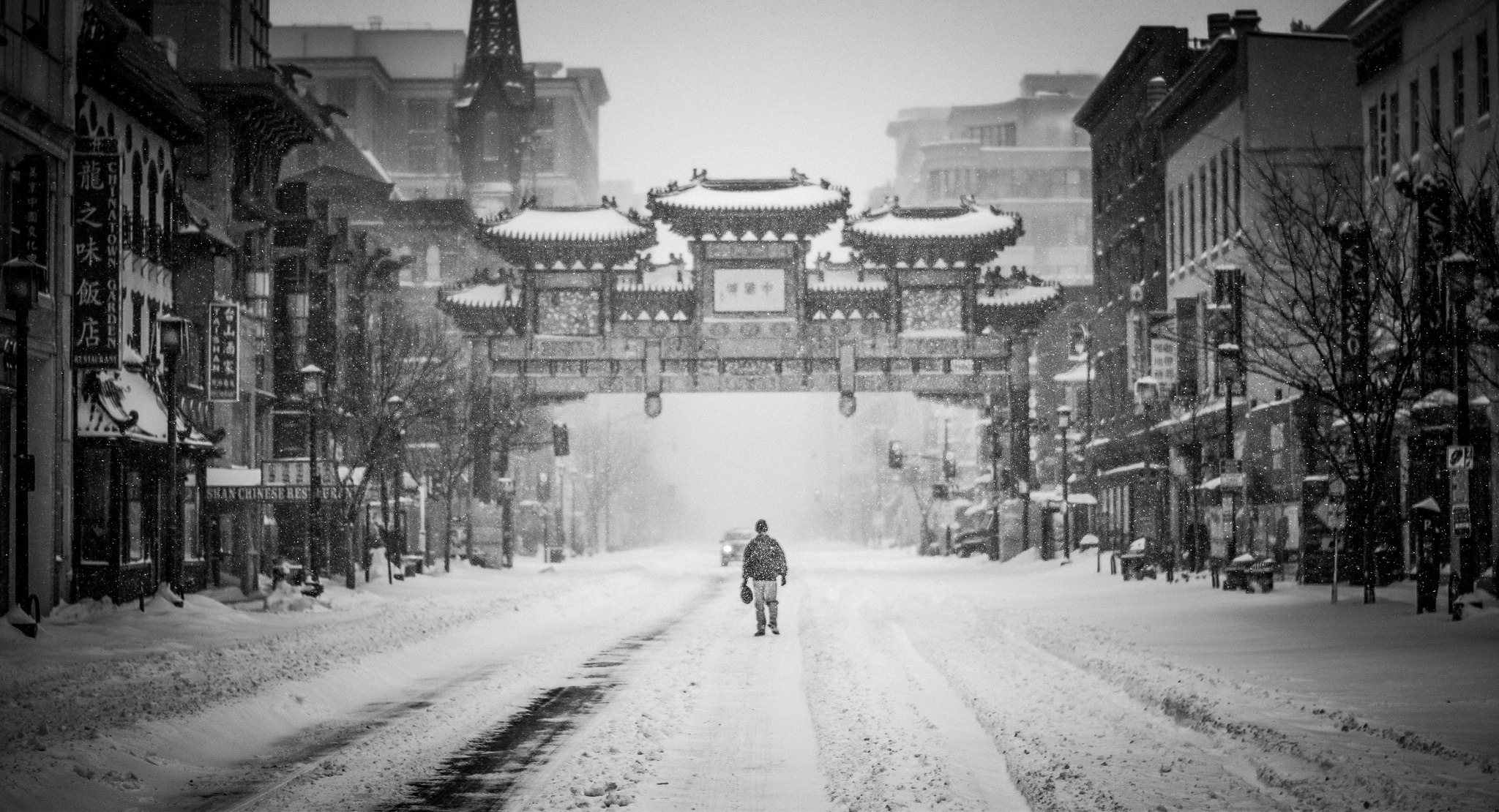
***
I returned to Chinatown a decade ago for my wedding banquet. In an auditorium in the back of a dim sum restaurant, Jade Garden, my niece played a guitar solo. High school friends gave speeches ribbing me, as my new father in law listened. We ate Chinese food — not the kind I had as a child at the King Café (long since gone) — but more northern fare — stir-fried food and steamed rice.
Several months ago, just before starting to work on this story, I returned to Jade Garden. The restaurant was still busy. Many of the clientele were white. But the entire building — the restaurant occupies part of the first floor — is closing down.
“Where will the people who are still living there go?” I asked a local.
“No one knows,” she said.
